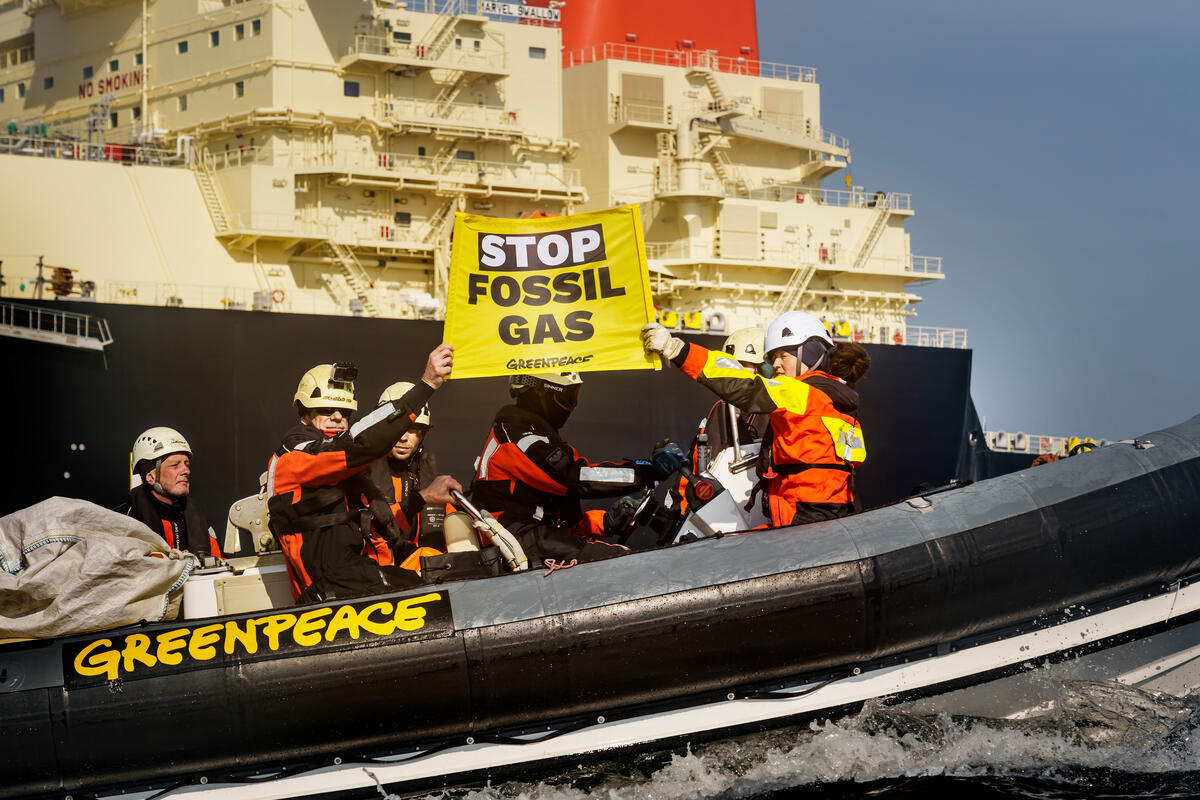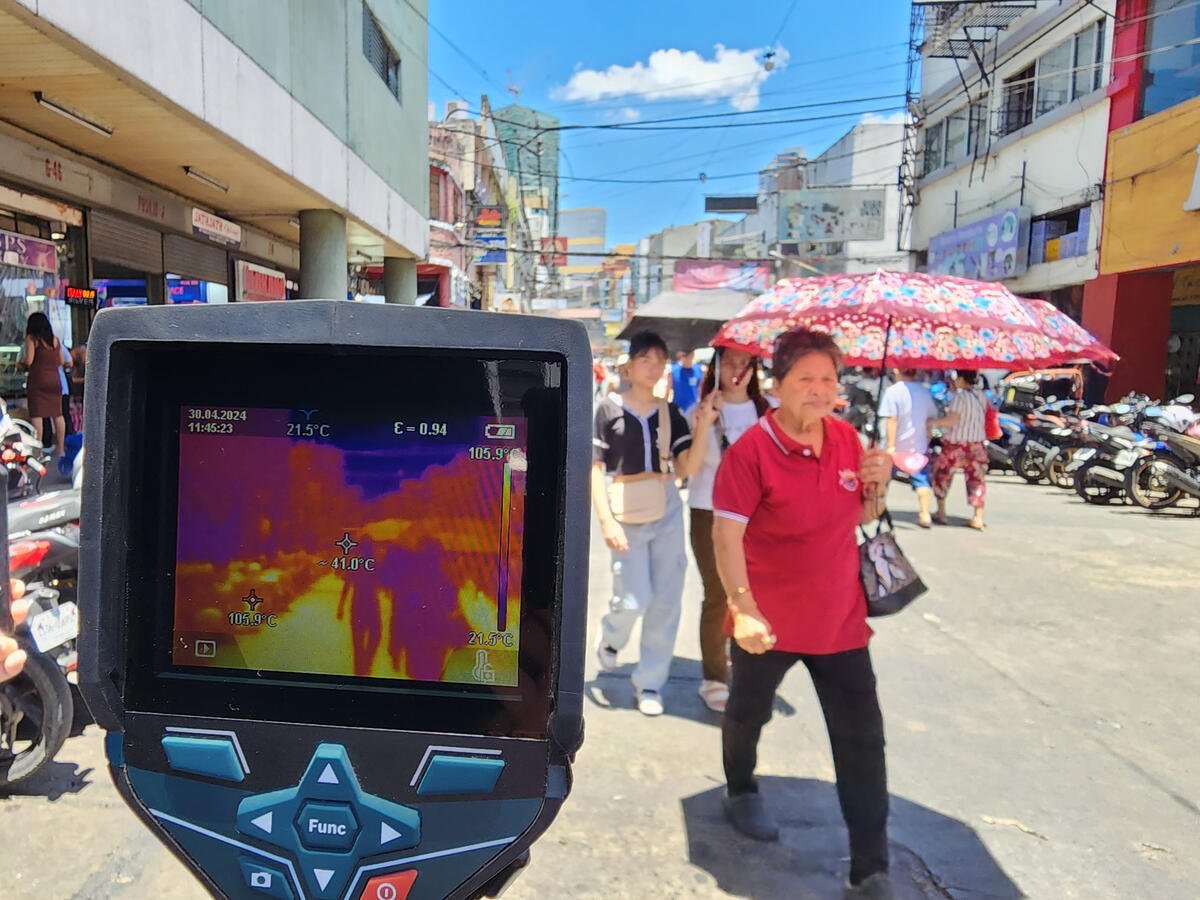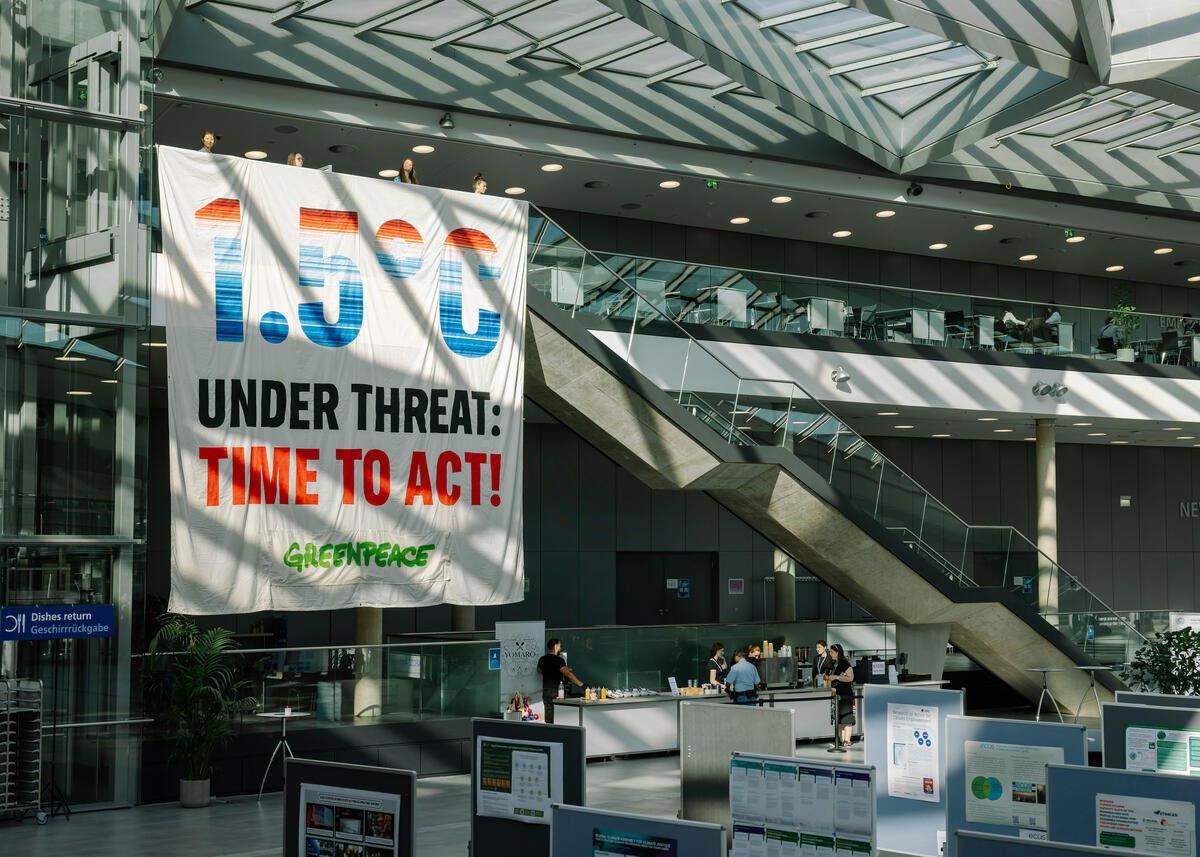Beijing, China – A five-year 1,370% surge in Chinese equity investments in solar, wind, and coal projects around South and Southeast Asia means stronger financing options for wind and solar projects, while the equity model spells financial risk for coal investors who now forge long-term financial ties to projects in peril of becoming stranded assets.
Since 2014, Chinese equity investment has supported a total 12,622 megawatts of wind and solar PV projects combined along the Belt and Road. Before 2014, only 454.8 megawatts of solar PV and not a single watt of wind had gone online through such equity investments. Meanwhile, these five years saw 67,900 megawatts of coal capacity funded through equity.
“Solar now presents a serious rebuttal to any pattern of Chinese overseas pro-coal bias,” said Liu Junyan, a Beijing-based climate and energy campaigner with Greenpeace East Asia. “Chinese investors’ ratio of coal to solar is now the same at home and abroad — both are still six-to-one coal, unfortunately, but I’m amazed to see what five years of equity investment in solar made possible.”
93% of wind and solar equity investments and 94% of coal equity investments went into South and Southeast Asia. New wind and solar projects should offset 380 million tonnes of carbon dioxide emissions, at a rate of 15 million tonnes per year for 25 years (the average lifecycle of these types of projects).
Equity investment — capital invested for shares in a company or project — is now a primary channel for Chinese companies’ wind and solar investments, along with engineering, procurement, and construction (EPC), followed by equipment export and financial support. For coal, equity is now by-and-large the main channel for investors, which leads to greater risk.
“Equity ties Chinese investors to overseas coal projects for the long run. And there’s a slew of financial, environmental, and regulatory risks on the horizon,” said Wang Yan, a Beijing-based climate and energy campaigner with Greenpeace East Asia. “But the equity model also gives Chinese enterprises license to invest in a variety of projects. It’s Beijing’s job to educate Chinese companies on coal risks and the potential of equity investment in renewables before a series of bad investments put a stink on the whole Belt and Road.”
Currently, more than 100 global financial institutions now restrict new coal investments. By continuing to invest equity in coal projects, Chinese enterprises and policy banks assume huge financial risk.
South and Southeast Asia’s clean energy demands are growing, with high potential for renewables. Pakistan, Thailand, the Philippines, and Vietnam each still have thousands of megawatts of wind and solar capacity committed to the Paris Climate Accords. Meanwhile, Indonesia’s potential wind energy reserves sit at 60,600 megawatts and its solar energy reserves is 207,897 megawatts.
“China’s now in a perfect position to support Indonesia’s path to realise its renewable energy potential,” said Tata Mustasya, Greenpeace Southeast Asia’s Climate and Energy Campaign Coordinator. “Through overseas energy investment, sharing technology, and capacity building, China is a leader that can accelerate the growth of Indonesia’s wind and solar industry.”
The Belt and Road can be a bridge for investment to meet regional demand. A state energy project database that disclosed the operation and footprints of energy projects, for example, would enable Chinese enterprises to make informed investment decisions on the Belt and Road.
China’s central government is responsible for the evaluation criteria state banks use for energy investments. The current criteria do not sufficiently account for risks associated with climate change or the global energy transition. An early warning mechanism, for example, would account for the long-term investments risks facing different types of energy projects.
Notes:
[1] English-language media briefing on the three reports here.
[2] Wind report here (in Chinese).
[3] Solar report here (in Chinese).
[4] Coal report here (in Chinese).
Media Contacts:
August Rick, International Communications Officer, Greenpeace East Asia (Beijing), [email protected], +86 13051 885 404
Greenpeace International Press Desk, [email protected], phone: +31 (0) 20 718 2470 (available 24 hours)
For the latest Greenpeace International press releases, please follow us on twitter @greenpeacepress



